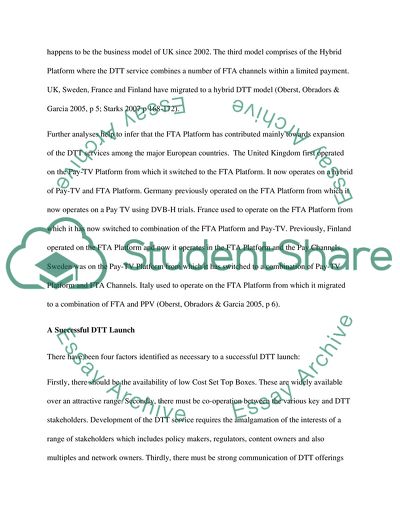Cite this document
(Innovation and Regulation of information and communication Essay, n.d.)
Innovation and Regulation of information and communication Essay. Retrieved from https://studentshare.org/information-technology/1755502-innovation-and-regulation-of-information-and-communication-technologies
Innovation and Regulation of information and communication Essay. Retrieved from https://studentshare.org/information-technology/1755502-innovation-and-regulation-of-information-and-communication-technologies
(Innovation and Regulation of Information and Communication Essay)
Innovation and Regulation of Information and Communication Essay. https://studentshare.org/information-technology/1755502-innovation-and-regulation-of-information-and-communication-technologies.
Innovation and Regulation of Information and Communication Essay. https://studentshare.org/information-technology/1755502-innovation-and-regulation-of-information-and-communication-technologies.
“Innovation and Regulation of Information and Communication Essay”. https://studentshare.org/information-technology/1755502-innovation-and-regulation-of-information-and-communication-technologies.


